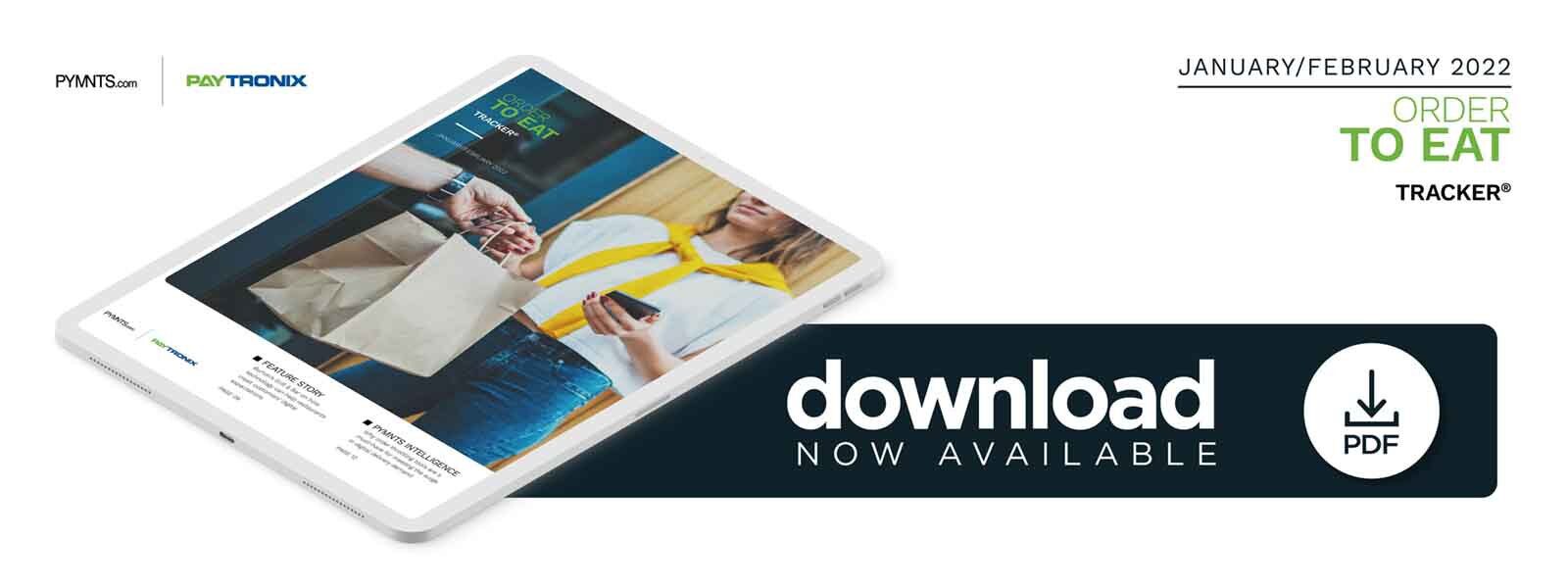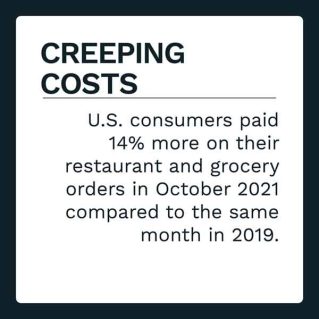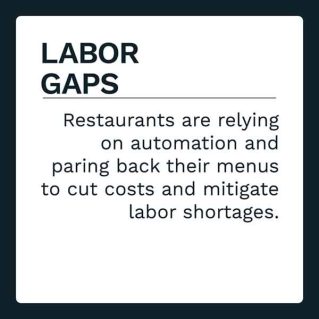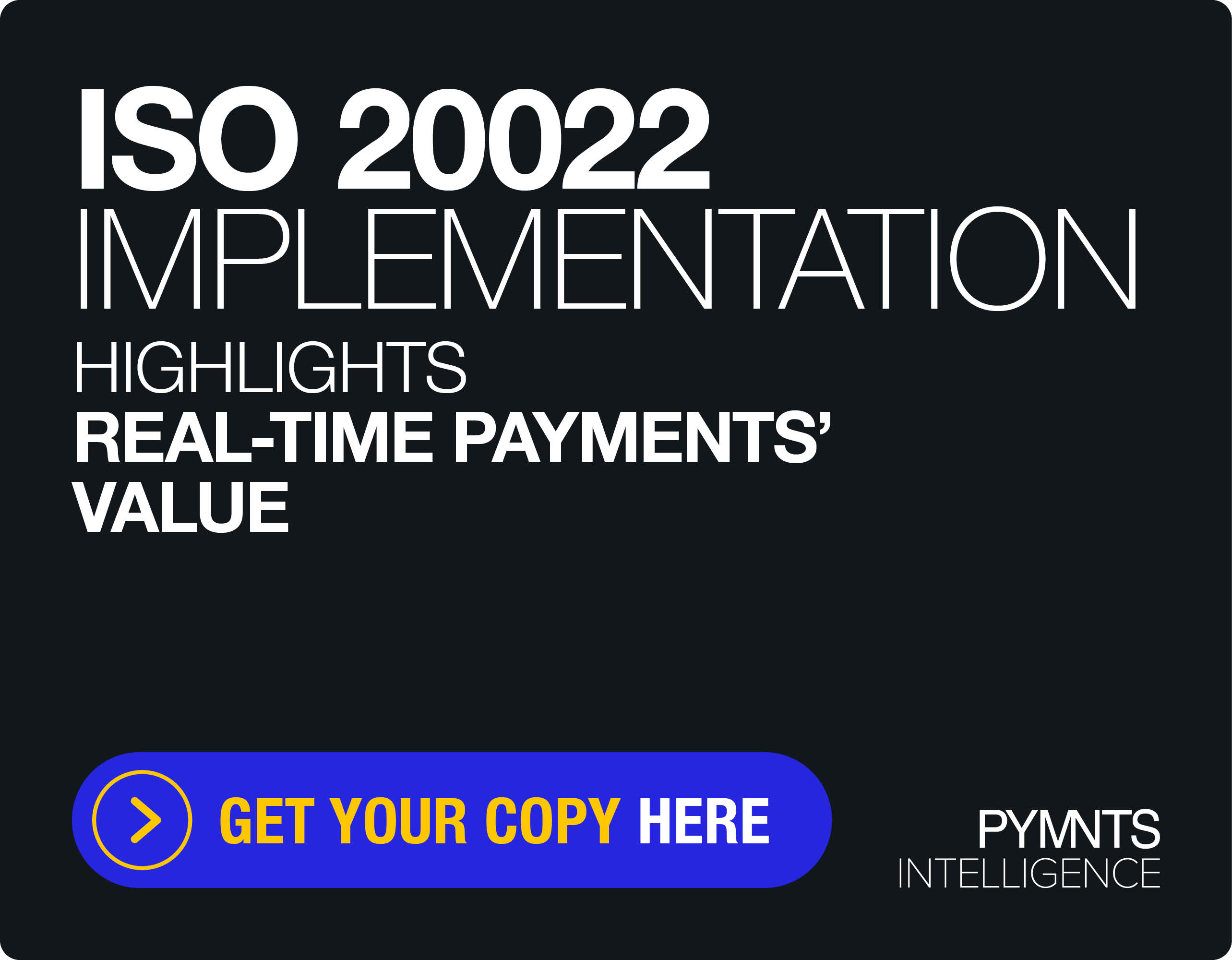QSRs Use Order Throttling, Automation to Help Staff Balance Dine-In, Digital Orders
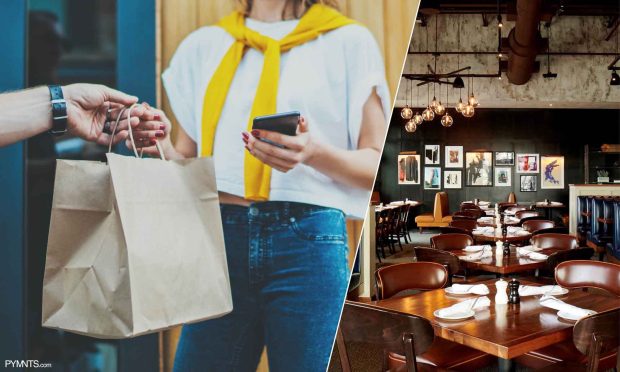
Online meal ordering hit the market years ago, but COVID precautions and restrictions drove an influx of consumers to digital channels to satisfy their cravings. Delivery services remained 50% higher than 2019 statistics despite the reopening of brick-and-mortar locations, highlighting the changes in consumer behavior in the last two years. Some restaurants owners feel mobile ordering uptake happened too quickly, and offering a quick and seamless experience has become more challenging to provide.
Restaurants are turning to automation and order processing tools to help balance onlin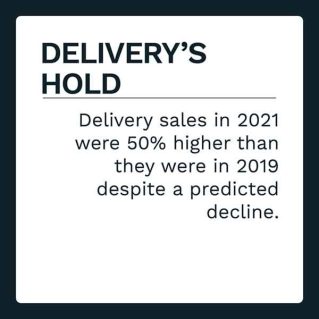 e order growth with massive labor shortages. Order throttling is one such tool that works by staggering orders and predicting wait times for customers so that their expectations are not unrealistic. In turn, restaurant workers can better organize their workflow and avoid employee burnout, reducing labor costs and enabling employers to offer higher wages.
e order growth with massive labor shortages. Order throttling is one such tool that works by staggering orders and predicting wait times for customers so that their expectations are not unrealistic. In turn, restaurant workers can better organize their workflow and avoid employee burnout, reducing labor costs and enabling employers to offer higher wages.
In the latest Order To Eat Tracker®, PYMNTS examines how technology is shaping the future of the dining experience by empowering restaurants to offer swift, seamless service to their customers while still offering mobile takeout and delivery options.
Around the Order to Eat Space
Self-driving cars have yet to hit mainstream society, yet Uber is one step ahead, incorporating Motional driverless vehicle into their systems to deliver food in Santa Monica, California. The two companies feel that autonomous delivery will improve the on-demand delivery ecosystem and make food purchases more affordable. A similar service called Kiwibots can deliver a customer’s order within 30 minutes for the low rate of $1.99, compared to delivery and service fees that can add between $3 to $8 to the total bill. Automated tools may help drive down inflated food costs associated with delivery services and eventually result in lower-priced menu items.
Technology has sped up consumers’ lives, enabling quick and seamless shopping, streaming and bill pay experiences. Now, 20% of diners grow frustrated waiting more than two minutes to place their food orders. That number climbs to 70% when the wait time is five minutes or more. Online orders are driving up wait times for on-premise customers, however, creating a conundrum for restauranteurs who want to provide stellar service for diners across all channels. Nearly 40% of customers believe restaurants prioritize digital orders over dine-in business, a shift most likely attributed to the higher sales yielded by remote takeout and delivery orders.
For more on these and other stories, visit the Tracker’s News & Trends.
Burton’s Grill & Bar On How Digital Tools Enable Streamlining Of Online And Mobile Orders
The pandemic led many restauranteurs to adopt digital tools that enabled remote ordering capabilities. While such technology was a saving grace in a time of economic uncertainty, the return of dine-in customers has made it difficult to manage. John Haggai, president and chief operating officer of Burton’s Grill & Bar and Red Heat Tavern, explained that customer expectations are changing, and technology is helping restaurants navigate the demand for multiple ordering options.
To learn more about how eateries can incorporate technology into their operations to streamline orders and reduce stress for kitchen staff, visit the Tracker’s Feature Story.
PYMNTS Intelligence: Order Throttling Improves Workflow For Understaffed Kitchens
Online and mobile ordering dominated the food and restaurant space throughout the pandemic. While stuck at home, consumers indulged in takeout and delivery meals more often than before the health crisis, and now mobile aggregation apps are one of the most popular tools customers use to place orders. The growth in digital ordering and delivery in the past two years is unsustainable for many restaurants, especially amid labor and ingredient shortages. Restaurant owners have responded by limiting menu items and incorporating labor-saving automation to combat the overwhelming influx in orders.
To learn more about how order throttling tools can help restaurants stagger delivery orders to improve workflow and still meet customer expectations, visit the Tracker’s PYMNTS Intelligence section.
About the Tracker
The monthly Order To Eat Tracker®, a PYMNTS and Paytronix collaboration, offers coverage of the most recent news and trends in the restaurant ordering ecosystem.
